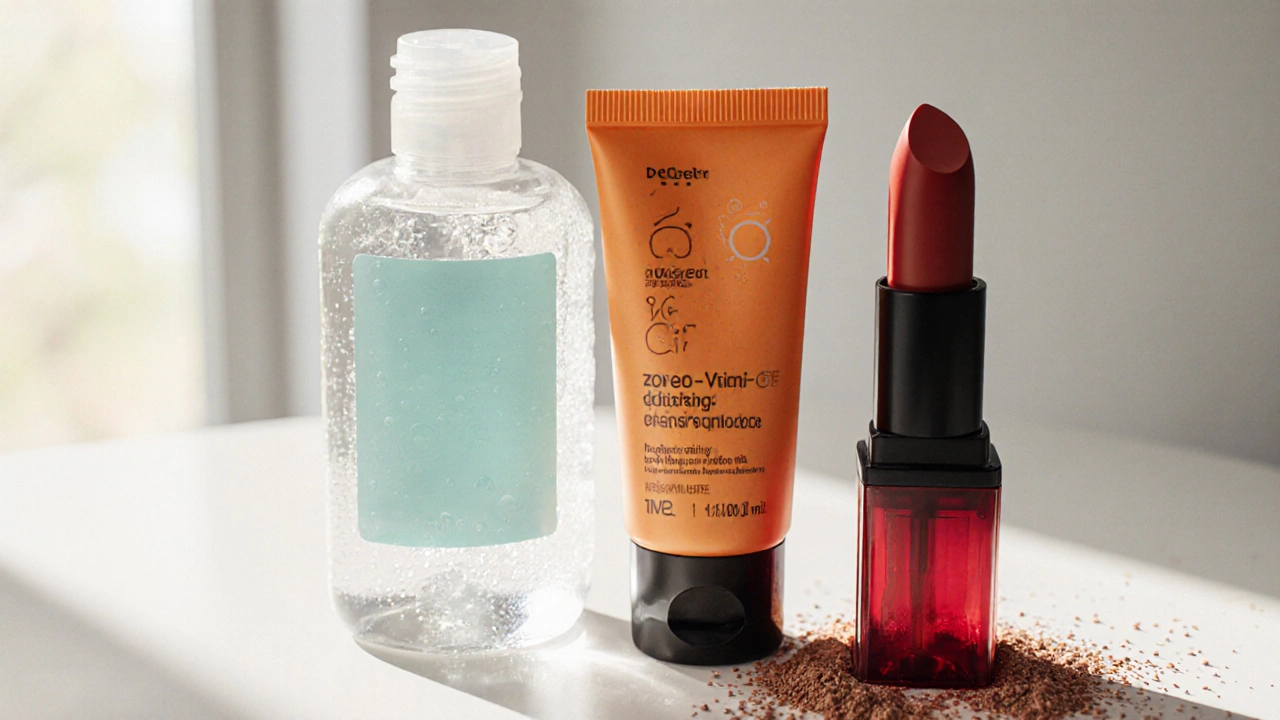Cosmetic Regulation: What You Need to Know
When talking about cosmetic regulation, the system of laws and guidelines that control how beauty products are made, marketed, and sold. Also known as beauty product compliance, it exists to protect consumers, ensure truthful claims, and keep the market fair.
One of the core cosmetics, any product applied to the body for cleansing, beautifying, or altering appearance is only as safe as the regulations that govern its ingredients. Ingredient safety testing, the scientific evaluation of each component for toxicity, allergenicity, and environmental impact feeds directly into the rules that manufacturers must follow. In practice, this means a moisturizer can’t contain a banned preservative and a sunscreen must meet specific UV‑filter standards before reaching store shelves.
Key Parts of Cosmetic Regulation
The main regulatory authorities, government agencies that write and enforce product rules differ by region. In the United States, the FDA oversees labeling, ingredient safety, and claims. In the European Union, the Cosmetics Regulation (EC) No 1223/2009 sets stricter limits on prohibited substances and requires a safety dossier for every product. These bodies require manufacturers to keep detailed files, conduct risk assessments, and update labels when new evidence emerges.
Labeling is another pillar. Labeling requirements, rules that dictate what information must appear on product packaging include ingredient lists in descending order, usage instructions, warnings, and the name of the responsible marketing entity. Accurate labels help consumers avoid allergens and understand product performance. When a brand makes a “clinically proven” claim, the claim must be backed by credible data; otherwise, regulators can order a recall.
All these pieces—ingredient testing, authority oversight, and clear labeling—are linked. Cosmetic regulation encompasses safety standards, while safety standards influence ingredient testing, and testing results shape labeling requirements. This chain creates a feedback loop: consumer safety concerns trigger tighter rules, which push companies toward more transparent practices.
Understanding how these rules work gives you a better lens on the articles below. You'll see why some products boast certifications, why others avoid certain buzzwords, and how the industry balances innovation with responsibility. Below you’ll find practical guides, brand deep‑dives, and myth‑busting pieces that illustrate the impact of regulation on everyday beauty choices.
Three Classifications of Cosmetics Explained
Learn the three main classifications of cosmetics-cleansing, protective, and decorative-plus how they differ in purpose, ingredients, and regulations.

 Hair Care
Hair Care